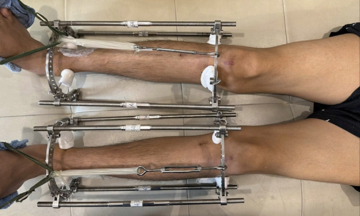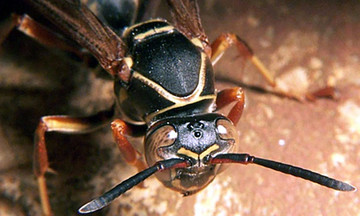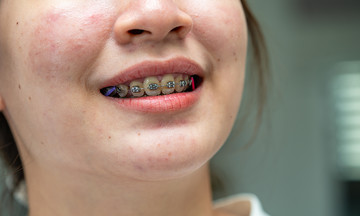Shingles is an acute skin condition caused by the varicella-zoster virus (VZV), a member of the herpes virus family. Shingles often involves nerve-related symptoms or complications, so it is often referred to as herpes zoster.
VZV persists indefinitely in nerve tissue. After a chickenpox infection, the virus remains dormant in the body. When favorable factors weaken the body's immune system, such as immunodeficiency, stress, physical weakness, cancer, or chronic illness, the virus reactivates. It travels along nerve pathways to the skin, causing shingles symptoms: skin rashes and clusters of blisters, and nerve pain, itching, and burning sensations.
How does shingles spread?
Shingles (the blistering skin rash) is not contagious, but the virus is. A person with shingles can transmit the virus to others through direct contact with fluid from the blisters. In particular, people who have never had chickenpox or received the chickenpox vaccine can contract VZV, leading to a rash and blisters. People with weakened immune systems, such as the elderly, children, people undergoing cancer treatment or organ transplants, and pregnant women, are at higher risk of infection.
VZV can also spread through coughing and sneezing if the blisters have developed in the patient's mouth. Once the shingles rash has healed, dried, and scabbed over, the likelihood of viral transmission is very low. The risk of developing shingles after exposure to the virus increases with age.
How long is shingles contagious?
The contagious period for shingles typically lasts 7 to 10 days. The pre-rash phase of shingles usually appears at least two days before the rash emerges. During this time, the patient may experience fever, chills, fatigue, body aches, and an itching or burning sensation in or under the skin.
During the acute outbreak phase, painful blisters develop on one side of the face or body. The most common rash locations are the chest, abdomen, and back. The blisters then break open and form open sores before scabbing over within 7-10 days. The risk of transmitting the virus to others increases during the rash phase, when there are oozing or open blisters.
How to prevent the spread of shingles?
If you have shingles, you can prevent spreading the virus to others by taking the following precautions:
Keep the shingles rash clean and covered to prevent others from coming into contact with the blisters, especially when around children and the elderly.
Wash your hands frequently and avoid touching the blisters.
Avoid contact with pregnant women, as VZV can pose serious health risks to both the pregnant woman and the fetus.
Avoid contact with other at-risk individuals. If possible, avoid contact with premature babies, low-birth-weight infants, and children who have not been vaccinated against chickenpox. People with weakened immune systems should also stay away from anyone with shingles.
Bao Bao












